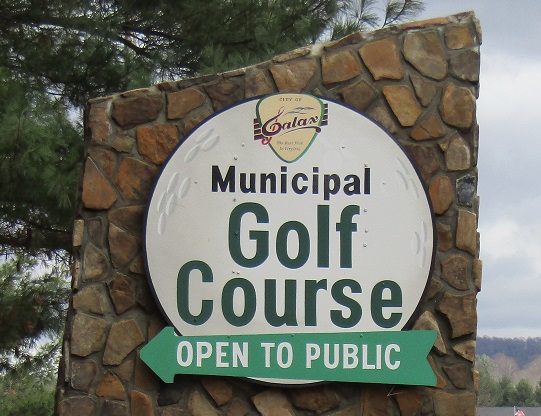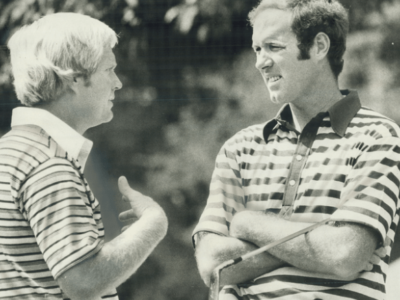By Ray Hearn, ASGCA
According to recent statistics golf has been growing rapidly over the past four years. Women and juniors have seen the biggest jump in participation and golf courses everywhere have experienced increased play.
Many of the golfers you see competing on the PGA, or LPGA Tours today got their start at their local municipal golf course. Even Tiger Woods learned to play at a young age on a muni track.
What better place to take your kids than to a golf course and spend their days chipping, putting and playing golf?
The problem is that municipal golf courses have not received the care and maintenance required to keep them viable over the years. Even though the economic benefits of having a thriving municipal golf course to your community include, additional jobs for local residents, increased tourism dollars for restaurants, lodging and other retail establishments.
Not everyone can afford private country club membership, thus it falls on the community to assure public course remain an option for community members wanting to play golf.
In addition to the environmental benefits of green space, providing wildlife and wetland habitats, it also helps provide clean air and water, plus a buffer for excessive storm water.
Exercise, fitness and a competitive athletic outlet are just a few of the recreational benefits provided by a municipal golf course.
Spending time on a golf course also helps to reset the mind by providing time outside, social interaction with playing companions and improves mental well-being.
The problem is that many of the historic municipal courses have fallen under hard times. City government officials don’t understand the importance to the community of maintaining a viable public golf course.
Tax revenues get stretched and strained for local governments, but it needs to be a priority to keep public owned courses current and relevant to attract more play.
A certified golf architect can help create a master plan for municipal governments to determine if a renovation is viable for the local community. Plus, they can develop the direction and detail of any proposed remodeling efforts.
In many localities the municipal golf course is a part of the local park system. Adjacent walking paths, biking trails, frisbee golf courses and picnic areas all should be considered when entering into a golf course renovation project.
About the Author:
Ray Hearn is a veteran golf course architect and member of the American Society of Golf Course Architects (ASGCA), the American Society of Landscape Architects and the USGA. He specializes in restoration and renovation of golf courses around the country.
For more information visit: www.rhgd.com.










